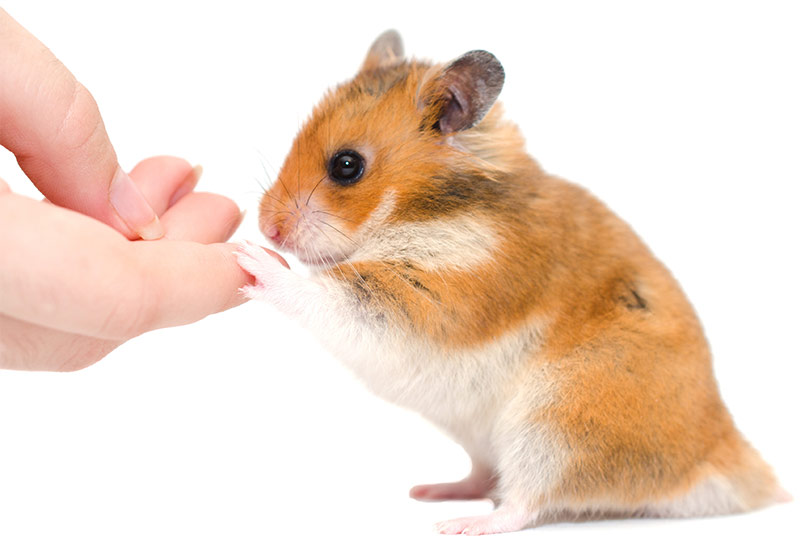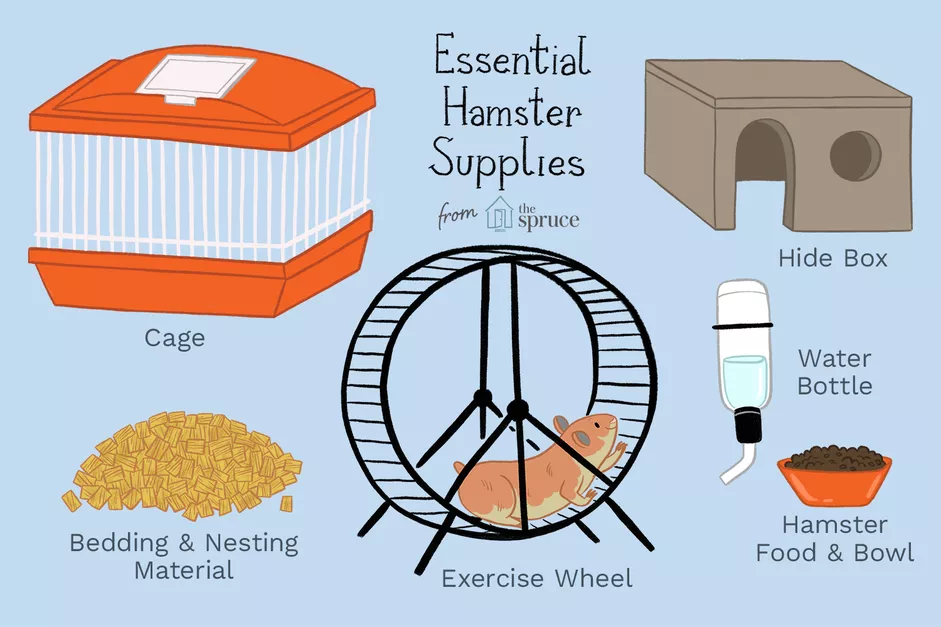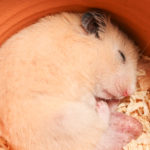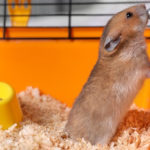Extremely Extensive Equipment Is Required for Even the Smallest of Pets. So, What Is the Finest Hamster Equipment?
We take a look at the best ways to personalize your hamster’s habitat.
It’s a lot of fun to go out and buy stuff for your hamster. But with great power comes great duty.
Your new furry friend may be small, but that doesn’t imply she has small requirements.
Hamsters are commonly considered “starter pets” due to their small size.
A lot of people get them on a whim without giving any thought to what kind of care and attention they need.
While hamsters aren’t the most finicky pets, they nevertheless have feelings, requirements, and, dare we say it, “creature comforts!”
The SITE staff took the time to carefully and objectively choose all of these items. If you click on an asterisk-marked link and make a purchase, we may receive a commission at no extra cost to you. This will not cost you anything more.
The Essentials
Looking for the basic hamster stuff? Then check out this table of essentials:
- Dwarf And Syrian Hamster Food
- Hamster Food Bowl
- Hamster Water Bottle
- Hamster Bedding
- Hamster House
- Hamster Wheel
- Hamster Playpen
Cages have been left out due to the wide variety of breed-specific needs. But don’t worry, this is covered with several great options just down the page.
We’ll look at all of this kit, and plenty more hamster stuff besides, below.
Giving you reviews of those all-important hamster essentials, as well as some fun extras.
Hamster stuff! What do hamsters need?
What, therefore, does a hamster require for optimal health? A hamster, like any other pet, requires a certain set of accessories.
This includes the requisite housing, feeding, and play equipment.
All the amazing stuff your new best friend needs to live comfortably is reviewed here so you can make an informed decision before bringing one home.
Before we get to the differences between the dwarf and Syrian hamsters, though, did you know that there are two main types of hamsters?
Some of their gear has special needs for them.
They are both referred to as “pocket pets” due to their small size. One thing that every hamster enjoys doing is chewing.
This quality should be taken into consideration when selecting playthings and housing for your pet.
Dwarf hamster stuff
Dwarf hamster species include Campbell’s, Chinese, and Roborovski. The latter is very small and sneakily fast.

Both dwarf and Syrian hamsters can keep themselves busy for long periods of time as long as their environment is filled with toys and they have room to climb and burrow.
But you can’t keep your little friend healthy and happy without giving it daily attention and care.
Dwarf hamsters, but not Syrian hamsters, might be able to live together if they are introduced properly.
Dwarf hamster stuff will have smaller wheels and, depending on the breed, cages with smaller wire gaps or none at all.
If you have a dwarf hamster, make sure to read the kit’s description carefully to make sure it’s right for your pet.
Syrian hamster stuff
The Syrian hamster also called the Golden or Fancy hamster is the most common and well-known type.
If you like animals that are slow and cuddly, a Syrian hamster might be the pet for you.

It is bigger than a dwarf hamster, but it will still only weigh about 5 ounces at most.
Syrian hamsters are territorial and like to be alone, so they need to have their own space. Still, we’re not talking about being locked up alone!
Syrian hamsters need and deserve to be played with and stimulated just as much as their smaller cousins.
They also need a lot of space and will need a bigger minimum cage size than their dwarf cousins.
Hamster cage or tank
What should you look for in a hamster cage?
We have an excellent in-depth resource for you to check out before you make a final decision.
But here we’ll highlight the main points you’ll want to consider before making a purchase:
- How much space do you have for a cage?
- How much time do you want to spend cleaning it?
- What kind of hamster do you have?
The basic cage choices have to do with the type of material used: glass, plastic, and wire.
Glass Hamster Tank
A tank is another name for a glass cage, and it looks like a terrarium. The solid glass is easy to clean and doesn’t have any holes where a hamster could get out.
It is harder to move than a wire or plastic cage, but it looks nice and is a great conversation piece for the living room.
Get a low tank that is 20 gallons or more, like this one from Carolina Biological Supply Company*, to make sure they have enough room.
This aquarium that is 24 x 12 inches at the base will work well once it’s kitted out.
If you have space a low 30 or even 40-gallon tank would be even better. The greater the surface area, the happier your hamster will be.
Plastic Hamster Cage
A solid cage made of glass or plastic is a great choice for a dwarf hamster.
In some ways, a plastic cage that is easy to move is the best choice. This kind comes in different colors and styles, and it can have fun features like ramps and wheels.
For this kind of living space, you can often buy add-ons like connecting tubes and different levels. The downside is that it takes more time to clean.
Dwarf hamsters can have fun with the Habitrail Ovo.
This cute cage fits with other houses and tunnels made by the same company. So you can add as much space as you’d like.
You can also buy cages that are made of both plastic and wire.
IRIS Hamster Cage
Who wouldn’t love a three-story home with furniture? This bright little Iris Hamster cage has a wheel, food dish, and water bottle.
Only the sides, which are made of plastic-coated wire, let air in. It weighs only 6 pounds.
If you have a bigger Syrian hamster, you can choose a bigger wire cage because it will be much harder for him to get out.
This large, attractive cage is made of both wire and plastic, which makes it a fun and flexible place to live.
A Robo or Chinese hamster might fit through the space between the bars, but a Syrian needs a bigger surface area.
A Campbell’s dwarf hamster, on the other hand, would love it.
Hamster bowls
And, of course, you’ll need a place to put all that tasty food.
When it comes to bowls for food, ceramic is better than plastic.
Why?
Ceramic can’t be chewed on.
It’s also harder to tip over, and bacteria don’t stick to it as much.
You should get a small one so you don’t give your hamster too much food and so you can free up space on the floor.
Hamster water bottle
You can give your hamster water in a dish, just like the food bowl. However, it’s likely to get grubby quite quickly when your pet drinks and plays.
The downside of many hamster water bottles is the leakage, but this great choice from Choco Nose* has tried to solve this problem.
Take a look at the reviews on their Amazon page, it’s very encouraging and will definitely be my first choice next time I need a new hamster water bottle.
Hamster bedding
The bedding in your hamster’s cage needs to be clean, safe, and most of all, comfortable!
First, stay away from bedding that has been cleaned or that is dusty. Because of the chemicals used and the chance that they could irritate the lungs, the ASPCA advises against these types.
This great article has more in-depth information about what hamsters need to sleep on.
Hamsters like to sleep on paper because it doesn’t pose many health risks.
Hamster wheel
A hamster wheel is an essential item for your little friend.
They keep them active, occupied, and healthy.
Syrian hamsters need a wheel of at least 8 inches in diameter. Dwarf hamsters need a wheel that is between 4.5 and 6.5 inches.






